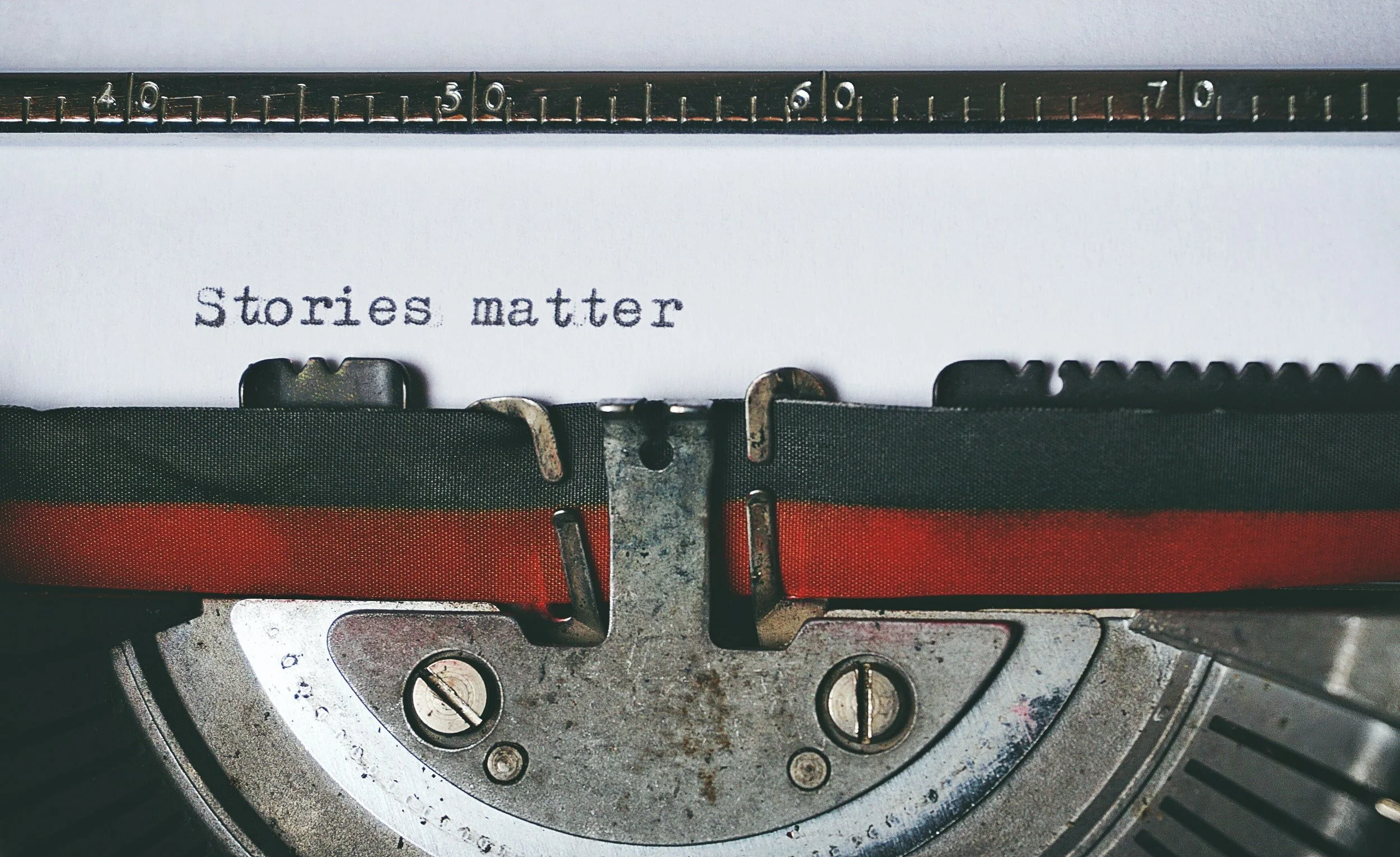Top 10 Tips for Writing a Biography That Readers Will Love
Do you want to write a biography that readers will gush over? Or maybe you’ve read a great biographical book and you’re wondering how the author pulled it off?
After years of reading books and coaching nonfiction authors, I’ve concluded that every good biography does 10 things. Here they are.
1. A good biography starts with a hook.
It might be a moment of tension, triumph, or tragedy that occurred in the middle or at the end of the subject’s life.
There is nothing worse than starting with “John Doe was born in . . .” Boring!
2. A good biography does more than just lay out the facts.
It lets the readers peer into the mind and soul of the subject.
It reveals why the subject’s life mattered and how the subject influenced others or shaped history.
It puts the subject’s life and contributions into historical context.
3. A good biography masterfully tells a story.
Like any good work of narrative nonfiction, a biography is a story—a story of a person’s life. There are stories within that story. Stories matter.
The subject faces struggles and obstacles. There are defining moments. There are moments of tension and triumph.
A good biography has peaks and valleys. It inspires, informs, entertains, or disgusts the reader. A good biography makes the reader feel something.
If the story is too one-sided—too fawning or too critical—the complexity of the subject’s life and times may not be fully captured and the story may not be fully told.
4. A good biography isn’t necessarily “original.”
It’s about a person readers want (or need) to know about. If a story is told well, and if people care, it will be fascinating even if it’s not “original.”
Whether or not it’s “original,” a good biography serves a purpose: it offers new insight, overlooked sources, modern-day perspective, or a creative approach. It inspires, informs, enlightens, entertains, or disgusts the reader.
5. A good biography has an angle, a theme, or an approach that engages readers and keeps their attention.
A good biography has a thesis. It may also have several themes running through chapters or parts of the book.
It features epigraphs and creative chapter titles that follow a theme.
It includes useful appendixes to provide further—ideally fresh—insight.
A biography can focus on a narrow period of the subject’s life or even on an aspect of the subject’s life. The “cradle-to-grave” approach isn’t a requirement.
6. A good biography has good pacing.
It keeps the reader’s attention. It dumps the details that only the writer is likely to care about.
It speeds up and slows down by omitting details and by shortening or lengthening its sentence structure.
7. A good biography draws on—and cites—a variety of sources.
It doesn’t rely only on older books; it uses a mix of old and new materials, thus avoiding antiquated approaches or conclusions.
It incorporates interviews or newspaper articles, if appropriate.
It offers some different or underutilized sources.
Where possible, it avoids using any images that are imaginative, biased, or historically inaccurate without providing adequate context.
A good biography references its sources in a way that is helpful to researchers.
8. A good biography relies on feedback from expert reviewers.
Other scholars or authors—or even target readers—have reviewed the manuscript and have offered specific, actionable advice.
It’s been professionally edited (see nonfiction editing services and rates here) by a skilled copy editor—before self-publishing or seeking a traditional publishing deal. (Here’s my article on utilizing beta readers.)
A good biography is bolstered by blurbs and praise from authoritative experts and scholars. People know about it.
In sum, a good biography has incorporated others’ input and has gained credibility.
9. A good biography takes time and money to do well.
It’s been carefully researched and the content is spot-on.
Editing and design have been carefully done and the book has been carefully proofread. (Click here for a brief article on how to proofread your book.)
It may take a year or two and a few thousand dollars out of pocket to produce a great manuscript.
Plan ahead. Your readers will thank you.
10. A good biography is written with joy. It is a labor of love.
The author is genuinely interested in the subject.
The author wasn’t deterred by anyone saying, “But that’s been done before.”
The author wants it to be read—and enthusiastically promotes the book to potential readers.
There you have it: the 10 things that all good biographies have in common.
Remember that biography you read and enjoyed so much? I’m going to guess the author did the things listed above.
Follow these 10 tips for biography writing to craft a book that readers will love. Write on!

